If dogs could take therapy sessions, some would leave even the best psychologists scratching their heads. They’re stubborn, unpredictable, moody — and sometimes, just delightfully chaotic.
While most breeds are easy to read, a few march to the beat of their own drum, testing patience and bending every behavioral rule in the book. These are the breeds that keep trainers on their toes and psychologists reaching for their coffee.
These pups don’t always play by the rules. But that’s exactly what makes them fascinating!
Today, we’ll explore the “worst” dog breeds for psychologists — the free spirits, the rebels, and the drama kings and queens of the canine world.
They might challenge your understanding of behavior, but they’ll also steal your heart in the process. After all, who said psychology was supposed to be easy?
Fun Fact: Some dogs are just too independent for analysis! Independent breeds often “refuse therapy”—they think for themselves and don’t easily conform to training or predictable emotional patterns.
Worst Dog Breeds For Psychologists
1. Siberian Husky

If you’re a psychologist looking for a dog who’ll mirror your calm, collected, emotionally stable nature, the Siberian Husky might just be your antithesis in fur form. These large dogs are stunning — like that one client who walks in looking perfectly put-together but has chaos simmering just below the surface.
They have movie-star looks, ice-blue eyes, and the energy of a triple espresso. But behind that gorgeous face? A whirlwind of independence, stubbornness, and “I do what I want” attitude.
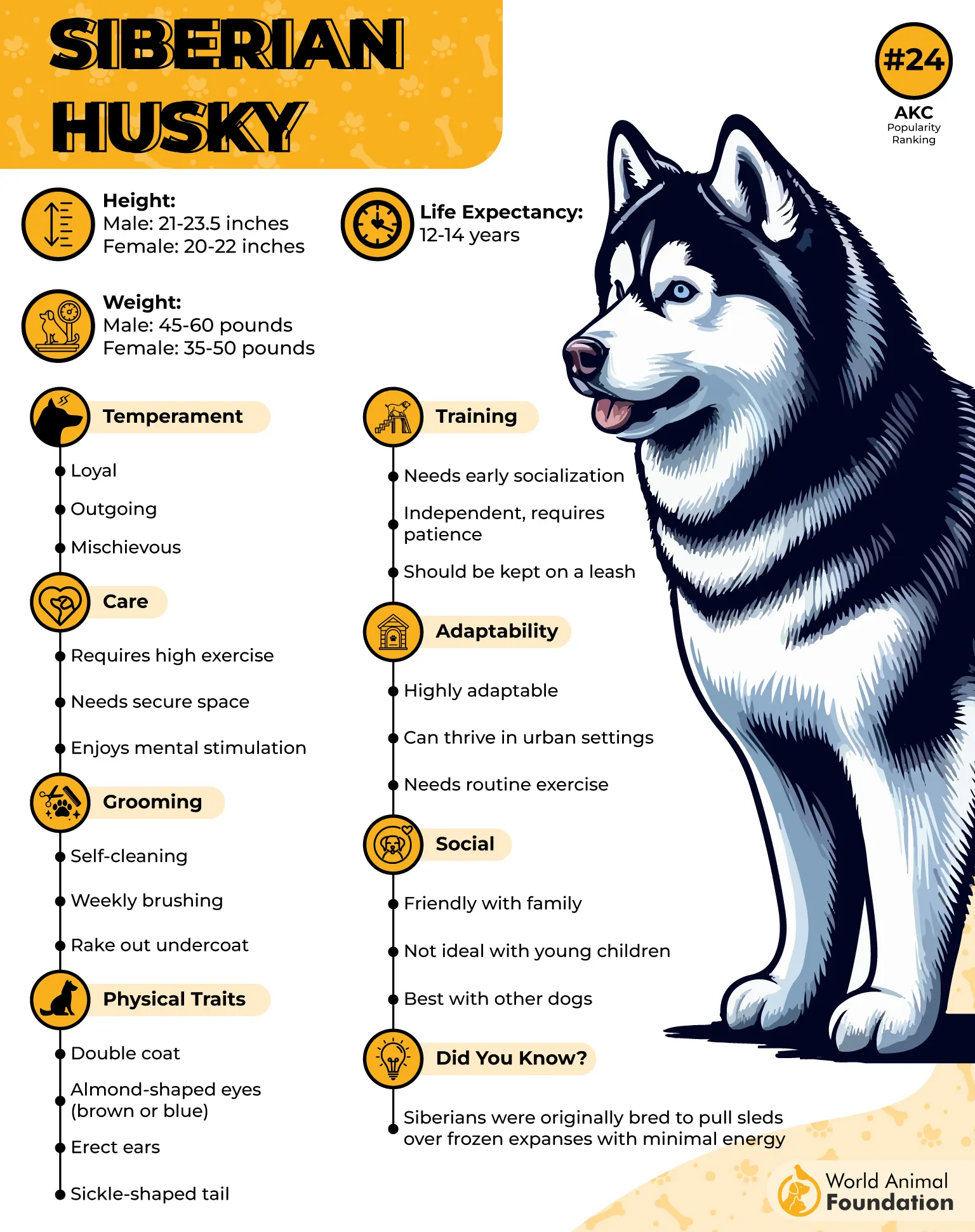
Their minds are wired for adventure, not introspection. You might try gentle reinforcement therapy; they’ll try digging a tunnel to Canada. And let’s talk about their “separation anxiety.” Leave them alone for too long, and your living room might become an abstract art installation titled “Destruction and the Unconscious.”
As Britannica notes, young Huskies are particularly prone to damage when bored, which is about 90% of the time if they’re not out running. They also have a high prey drive.
So, if you’ve got cats, rabbits, or even a particularly fluffy pillow, consider them… temporary. And recall training? Forget it. You can shout their name all you want; they’ll give you a side-eye that says, “I heard you, I’m just choosing not to comply.”
2. Dalmatian

Ah, the Dalmatian — the spotted superstar that stole hearts in 101 Dalmatians and then proceeded to steal everyone’s sanity in real life. They’re striking, elegant, and full of personality… kind of like that one client who insists they’re “low maintenance” in session one and then casually drops, “So, I might have commitment issues and a caffeine addiction.”
Dalmatians are gorgeous and unique — they look like they just walked out of a black-and-white fashion editorial. But underneath that model exterior lies a high-energy, strong-willed mind that could outthink you before your morning coffee kicks in.
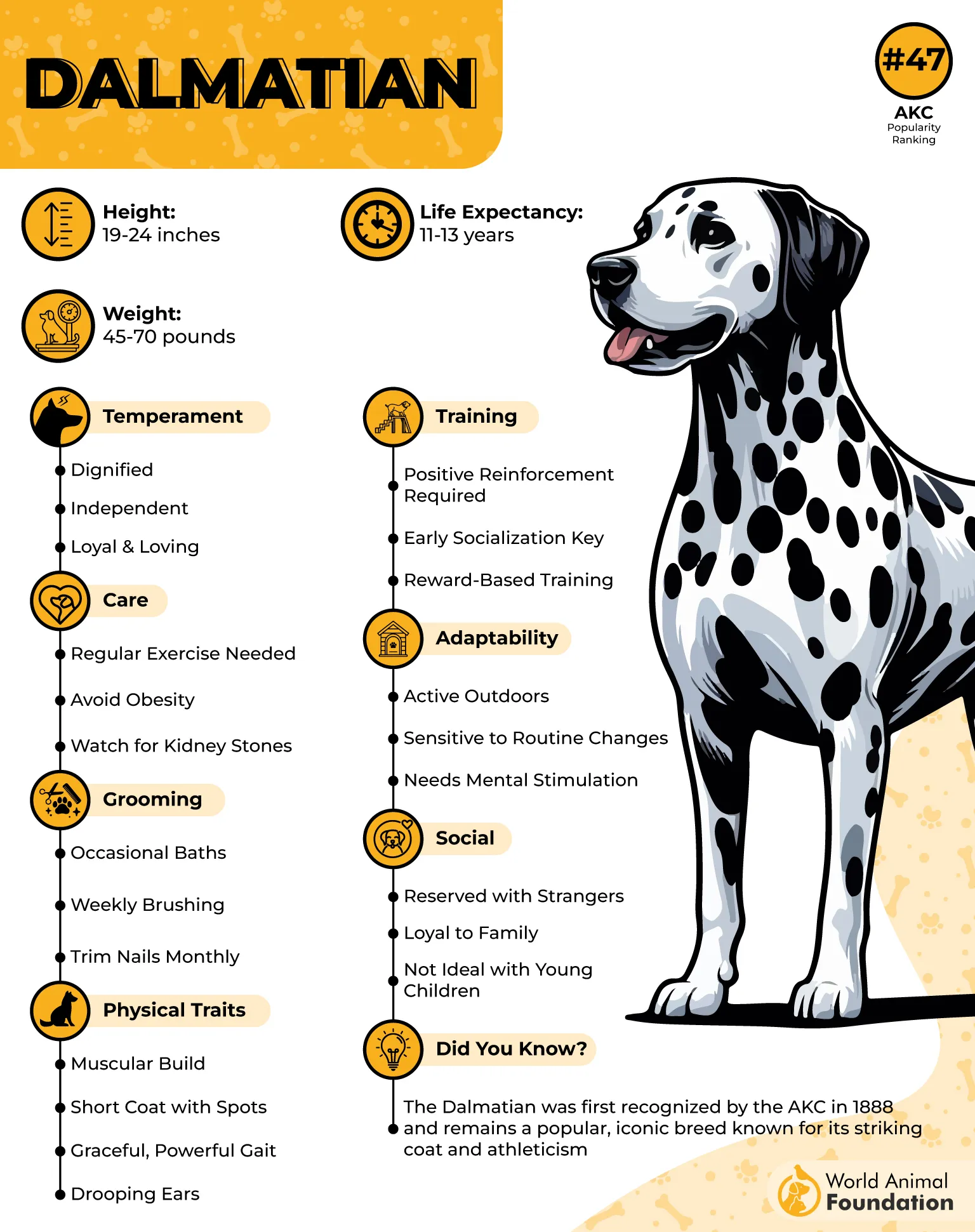
Originally bred to trot alongside horse-drawn carriages, Dalmatians were the security guards of the 18th century — constantly alert, protective, and ready to chase off intruders (or imaginary ones). That drive hasn’t gone anywhere. These dogs still wake up every morning ready to do something, even if that “something” involves redecorating your living room with the creative use of couch stuffing.
Psychologists, beware: you may spend your days helping others regulate emotions, but your Dalmatian will test your ability to self-regulate. They’re independent thinkers — meaning they’ll listen to your commands, process them deeply, and then decide, “Hmm, fascinating… but no.”
And then there’s the emotional side. These dogs are affectionate but sensitive — they don’t take criticism well. Raise your voice, and you might end up with a sulking Dalmatian giving you the silent treatment from across the room, clearly reflecting on your communication style.
To add to the complexity, they come with a few biological quirks — urinary issues, potential deafness, and eye conditions — making them a bit of a medical mystery even Dr. Freud would raise an eyebrow at.
For psychologists hoping for a calm canine companion after a day of decoding human behavior, a Dalmatian might feel more like taking your work home.
3. Chihuahua
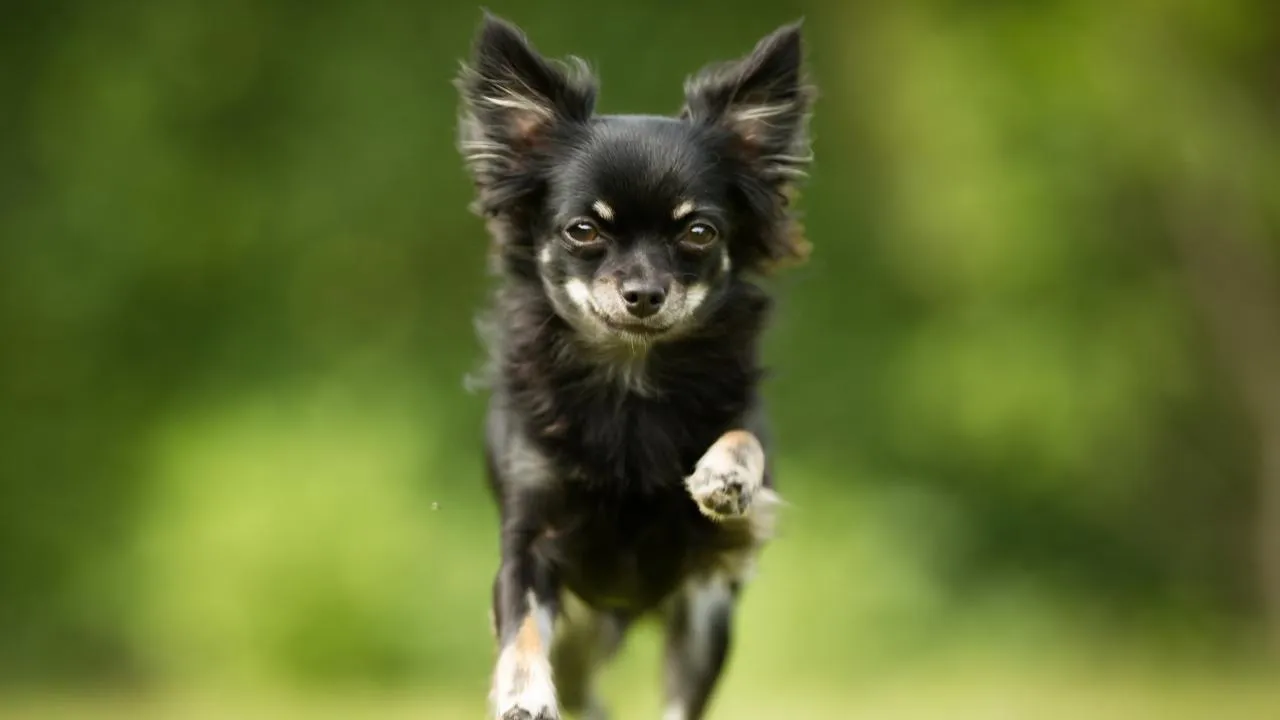
Meet the Chihuahua — proof that size has nothing to do with confidence and everything to do with unresolved trust issues. These pint-sized powerhouses are often mistaken for “starter dogs,” the canine equivalent of a low-stakes case.
Spoiler alert: they are not. A Chihuahua might fit in your handbag, but emotionally? They take up a lot of space. They’re the embodiment of the phrase “small but mighty” — except replace “mighty” with “ready to fight absolutely anyone at any time.”
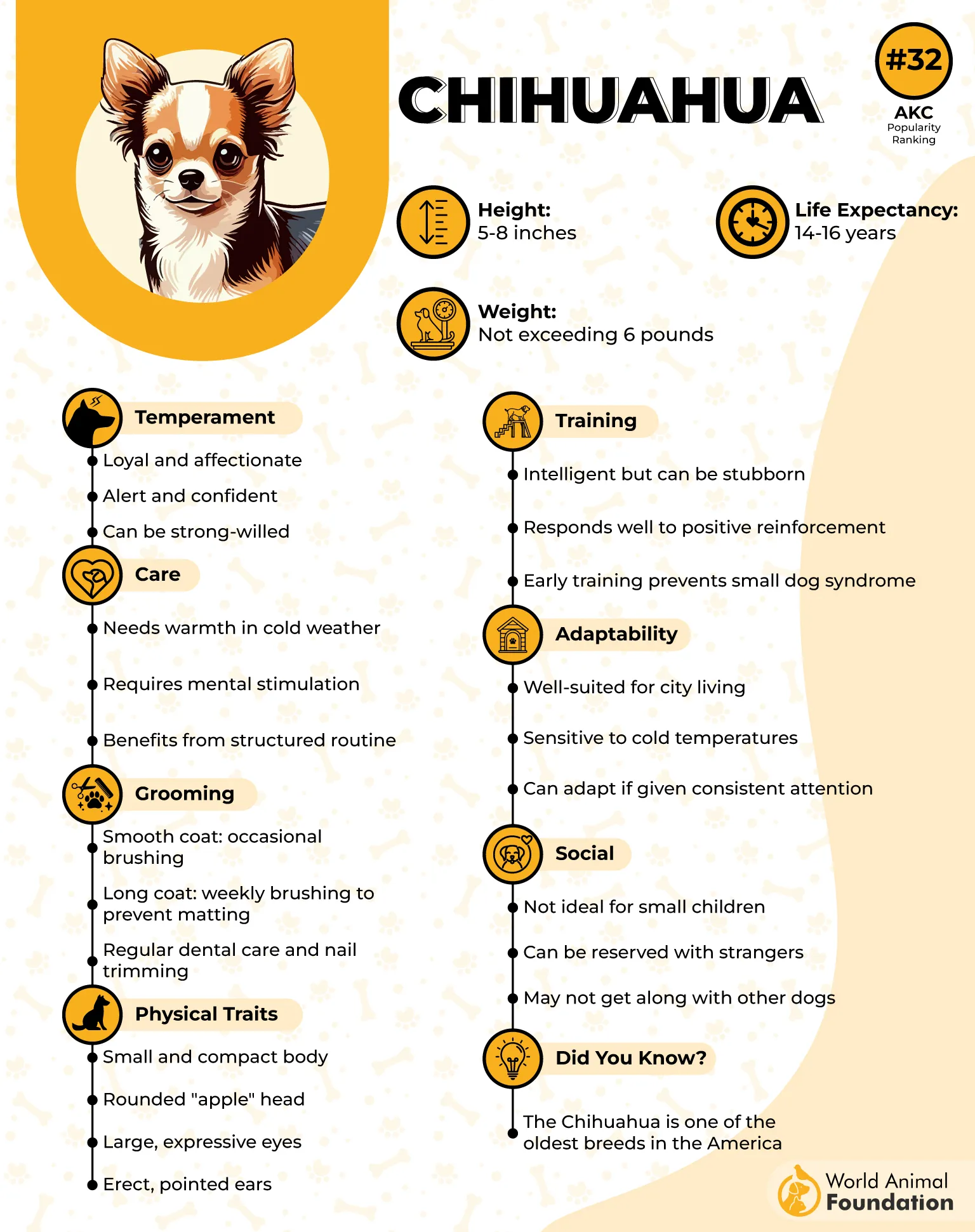
Their bark alone could power a small therapy group. While most people see their trembling bodies and oversized eyes and think “adorable,” psychologists will recognize it for what it really is: anxiety with a side of overcompensation.
Because of their tiny stature, Chihuahuas rely on their mouths to make a statement. They bark, growl, and occasionally snap to keep the world at bay. It’s not aggression, really — it’s boundaries, expressed very loudly. If Freud had owned one, he might’ve written a new paper titled “The Ego and the Bark.”
These little dogs are incredibly loyal — but to one person only. Their chosen human becomes their emotional anchor, therapist, and bodyguard all in one. Everyone else? Suspicious at best, dangerous at worst. WebMD even points out that their boldness can get them in trouble — some Chihuahuas will square up to a Great Dane like they’re auditioning for a David and Goliath reboot.
They’ll need careful socialization early on to avoid turning into a furry ball of defensiveness — but even then, expect a personality that’s 70% sass, 20% loyalty, and 10% unfiltered chaos.
4. Belgian Malinois
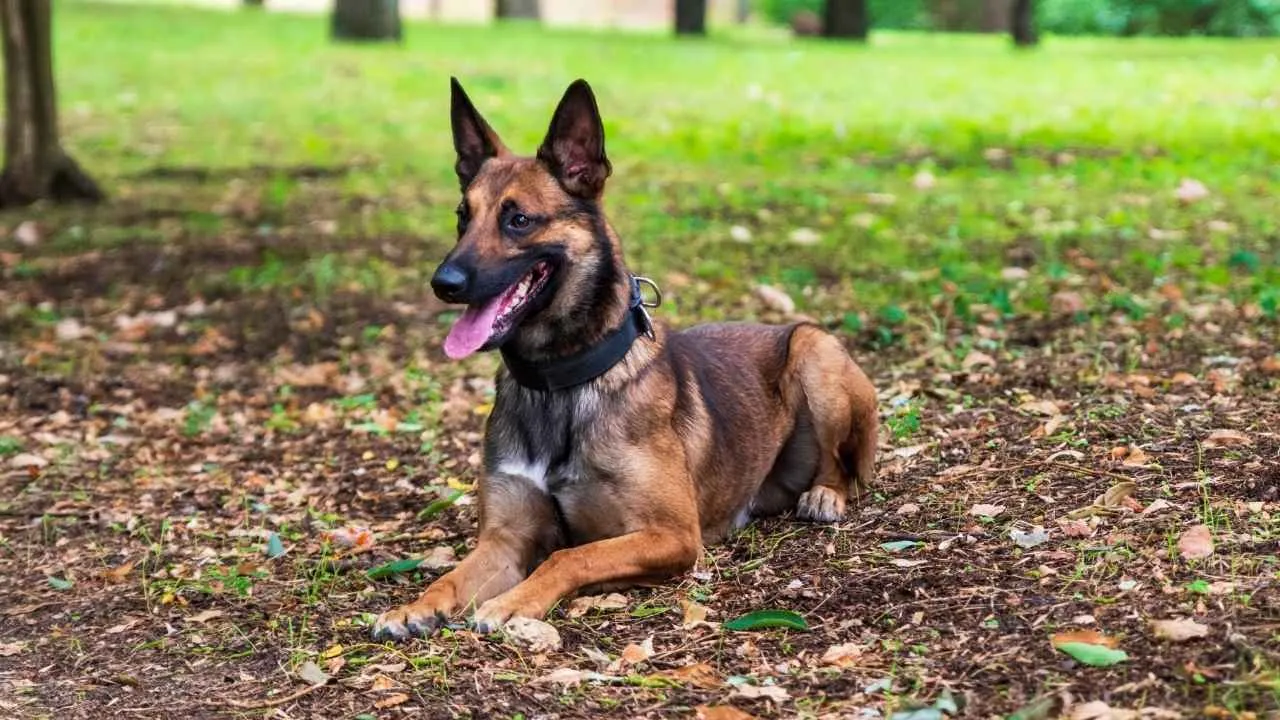
Bred specifically for herding, they’ve evolved into elite working dogs used in police and military operations. In other words, this isn’t your average “throw the ball and call it a day” kind of dog — this is the dog who wants to interrogate the ball, analyze its motives, and then arrest it for rolling away without permission.
A Malinois doesn’t just want a job — they need one. And not a part-time gig either. They’re like that hyper-motivated client who schedules back-to-back productivity seminars and still asks for more homework.

If you think you’ll satisfy their mind with a few puzzle toys, think again. They’ll finish those faster than you can say “positive reinforcement,” then look at you like, “So… what’s next, doc?” Psychologists may find this breed especially challenging, because the Malinois is you, but on espresso.
They’re analytical, hyper-focused, and constantly assessing their environment. You’ll think you’re training them — but really, they’re conducting a behavioral study on you.
Their intensity is both their greatest strength and biggest downfall. Without proper stimulation and structure, a bored Malinois becomes a furry existential crisis in motion — one that expresses itself through redecorating, destruction, and the occasional wall climb. Yes, wall climb.
Emotionally, they’re loyal and deeply bonded to their people — but that devotion can turn into overprotection if not managed early. This isn’t a large breed that wants to “hang out.” This is a dog that wants to serve, protect, and occasionally tackle.
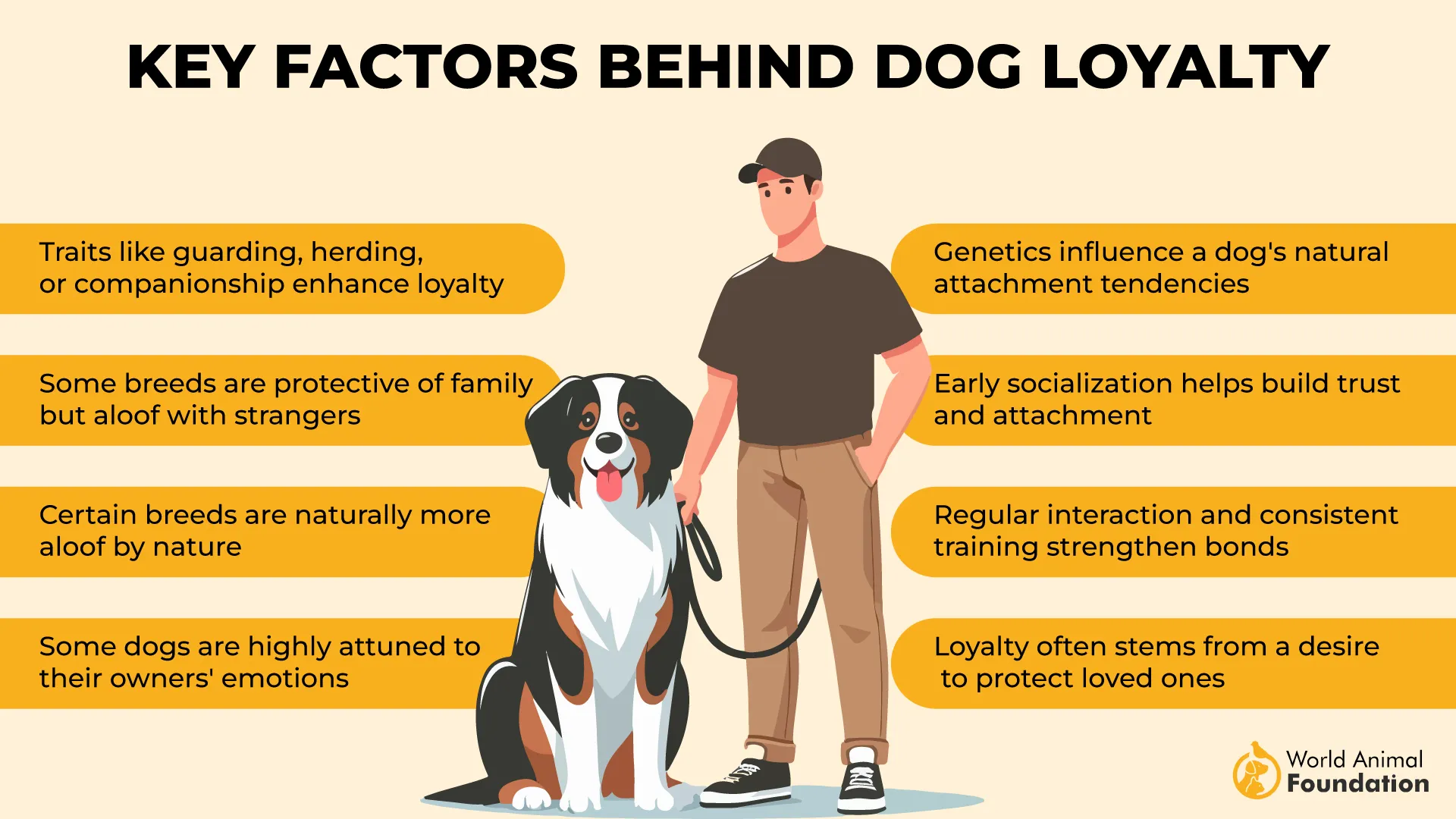
So, for psychologists thinking of a Malinois as a companion: imagine living with a client who’s always in fight-or-flight mode, never misses a cue, and critiques your reinforcement techniques in real time.
5. Australian Cattle Dog

If the Belgian Malinois is the overachieving student, then the Australian Cattle Dog (aka the Blue or Red Heeler) is the employee who refuses to take a lunch break. These dogs were bred to move livestock across miles of rough terrain.
They’re smart. They’re driven. And they have opinions. Lots of them. The Cattle Dog doesn’t just want a task — it needs one like you need caffeine on a Monday morning. They don’t do “relaxation.” They don’t “chill.”

For psychologists, this can be… enlightening. After a day spent helping humans establish boundaries and regulate behavior, you’ll come home to a dog who insists on regulating yours. They’ll watch your every move with laser focus — analyzing, anticipating, and occasionally deciding that you’re not doing a good enough job managing your own household.
And let’s talk about that herding instinct. These dogs were literally bred to nip at the heels of cattle to get them moving. Now replace the cattle with your guests, your spouse, or your ankles, and you’ve got the picture. It’s not aggression; it’s just… an assertive feedback style.
Proper training of an Australian Cattle Dog requires consistency, patience, and a deep respect for their intelligence. These dogs are thinkers — sometimes too much so. If they sense even a hint of uncertainty, they’ll take control faster than you can say, “Who’s the pack leader?”
Emotionally, they bond deeply and love hard, but they expect you to keep up with their pace. A bored Heeler is a recipe for chaos: they’ll dig, chew, bark, and reorganize your home in ways that would make even the most open-minded therapist question their coping mechanisms.
6. Weimaraner

Tall, silver, and so stunning they look like they walked straight out of a dream (or a luxury dog food commercial). But behind those soulful eyes and silky coat lies a canine who could give even the most experienced psychologist a run for their emotional intelligence degree.
Originally bred in Germany as hunting dogs, Weimaraners are the perfect mix of brains, beauty, and boundless energy — basically, the kind of client who shows up to therapy saying, “I don’t have issues,” and then spends the next hour unpacking twelve.

These dogs have needs — both physical and emotional — and they’re not shy about letting you know when those needs aren’t being met. They require at least two hours of exercise a day, which is great if you’re a marathon runner, but not so much if your cardio routine currently consists of walking from your desk to the coffee machine.
And it’s not just physical exercise they crave — their brains need to be constantly occupied too. A bored Weimaraner doesn’t just nap quietly on the couch. No, they turn your home into a behavioral case study titled “Coping Mechanisms: Chewing, Digging, and Counter-Surfing as Self-Expression.”
They’re highly intelligent and eager to learn — which sounds great until you realize that intelligence comes with an independent streak. Training a Weimaraner is like having a therapy client who nods, takes notes, and then goes home to do the exact opposite of what you discussed.
And let’s not forget their emotional side. Weimaraners are famously attached to their humans. Leave them alone too long, and they’ll spiral faster than a psychology grad student during finals week. Separation anxiety? Oh yes — they wrote the book on it, probably while pacing the living room.
For psychologists, the irony is palpable. You spend all day coaching others on boundaries and emotional regulation — then come home to a 70-pound shadow who refuses to let you shower without supervision.
7. Shiba Inu
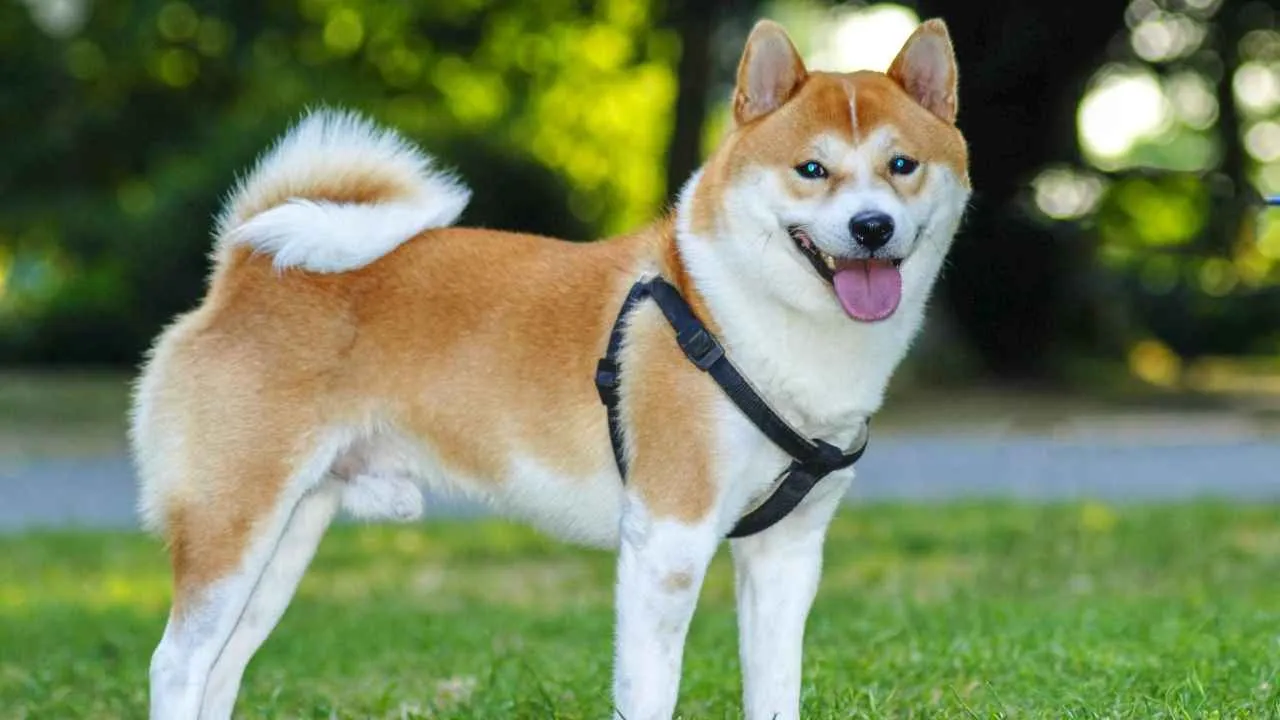
Ah, the Shiba Inu — the adorable little fox-dog from Japan who looks like pure serenity wrapped in fluff. Don’t be fooled by that calm, confident expression, though. Behind those almond-shaped eyes lies a creature with the self-assurance of a philosopher and the stubbornness of a brick wall in therapy.
Shibas are famous for being both friendly and fiercely independent — basically, the client who shows up to therapy, sits down, and says, “I don’t really need this, but I’m curious to see what you have to offer.”
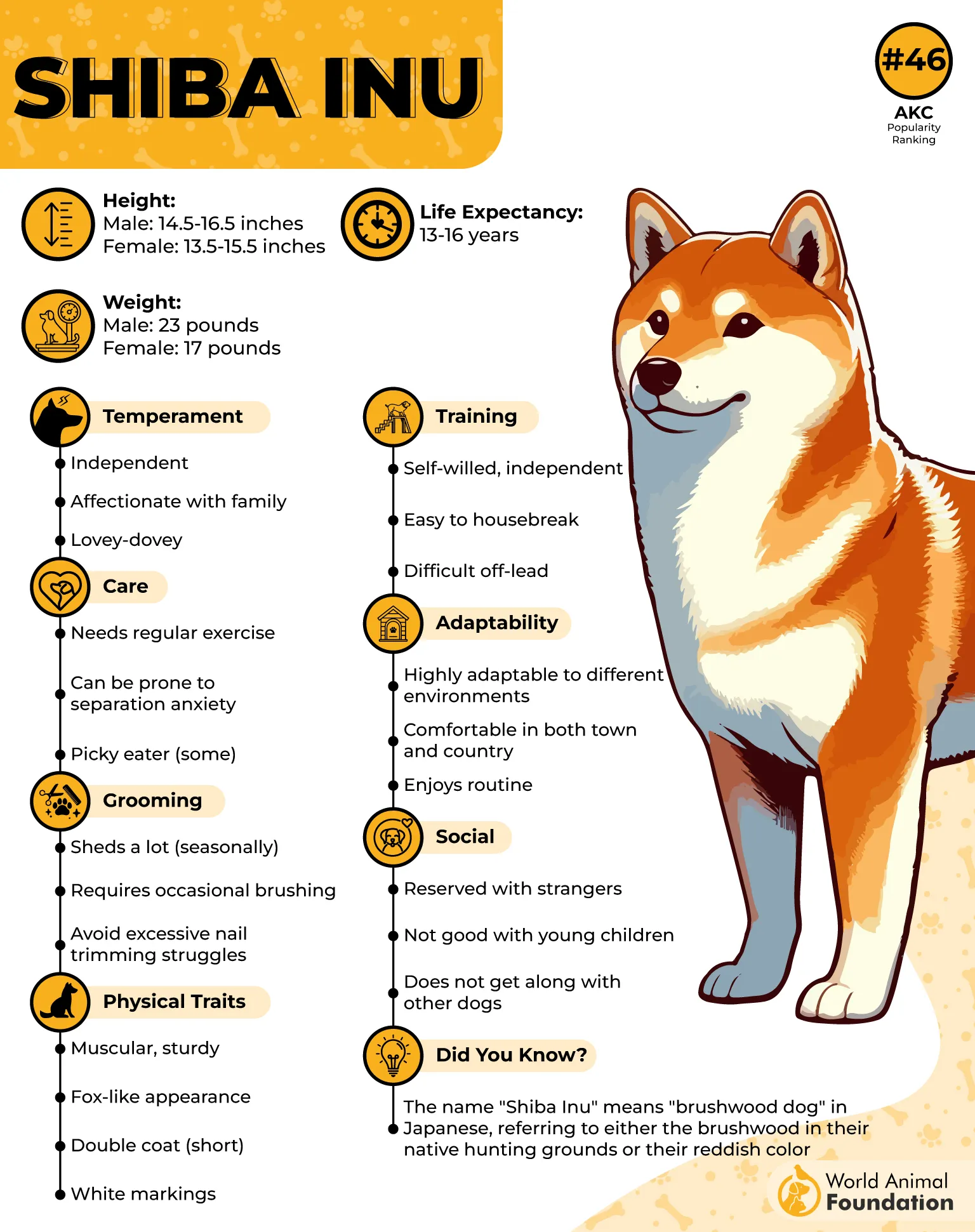
They’re small, clever, and packed with personality. But they also have opinions — loud ones. When stressed, anxious, or simply dissatisfied with your life choices, they’ll unleash what owners lovingly call the “Shiba scream.”
It’s not so much a bark as it is an emotional outburst — somewhere between a banshee wail and a toddler tantrum in surround sound. PetMD even warns that they’re not ideal for apartment living, because, well… your neighbors might think someone’s being exorcised.
For psychologists, the Shiba Inu is like having a four-legged embodiment of “emotional boundaries.” They love their humans — but only on their terms. They’ll accept affection when it suits them and walk away when they’re done, leaving you questioning your attachment style.
Training them? A true test of patience. Shibas are smart, yes, but they’re also opinionated — the kind of dog who looks you dead in the eye when you call them and decides, “I acknowledge your request… and I decline.”
And let’s not forget their energy levels. A bored Shiba becomes a mischief machine — clever enough to open doors, agile enough to escape fences, and dramatic enough to make sure you feel bad about it afterward.
Conclusion
In ancient times, dogs were more than animals — they were loyal companions, protectors, and a constant source of unconditional love. But even today, choosing the right breed is crucial for overall wellness, especially for psychologists who spend their days managing the emotional needs of others. Some dog breeds like the Siberian Husky, German Shepherd, Belgian Malinois, Airedale Terrier, Pit Bulls, or Border Collie demand so much mental stimulation and outdoor exercise that they can become a poor choice for anyone seeking calm companionship.
Other breeds — like the Jack Russell Terrier, Akita, Cane Corso, or Chow Chow — may show aggressive or independent traits that make them challenging pets in stressful situations. Even gentle favorites like Labrador Retrievers, Golden Retrievers, or the German Shorthaired Pointer still need a fair amount of exercise and attention to thrive. And while some breeds are seen as a status symbol, true pet owners know that every specific dog comes with its own personality, quirks, and potential health problems. Ultimately, psychologists — like all dog owners — should look beyond appearances and consider energy levels, emotional support potential, and compatibility with their house, children, and lifestyle.


